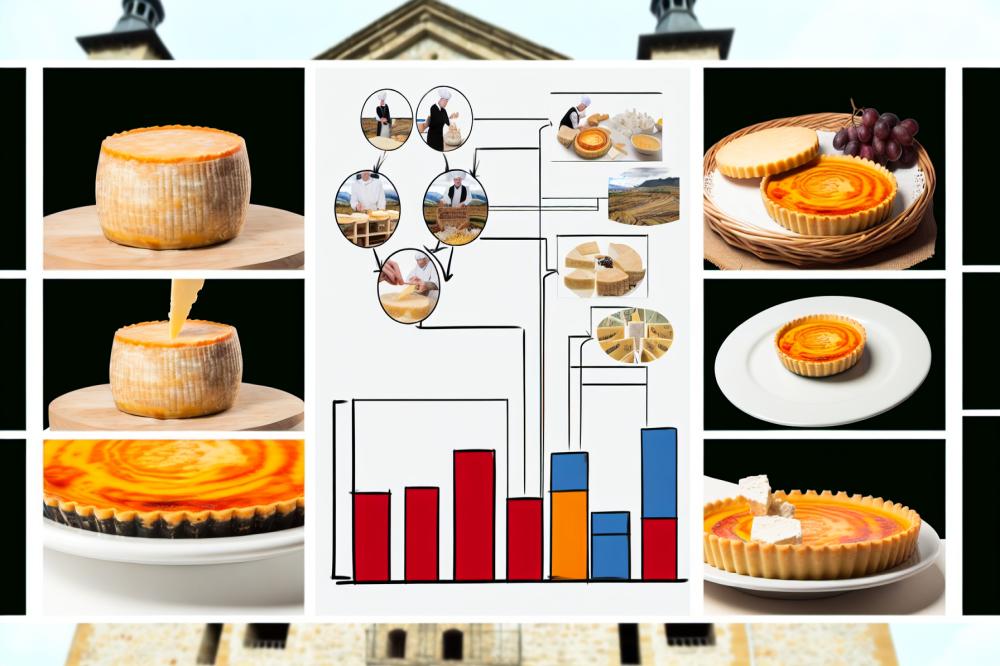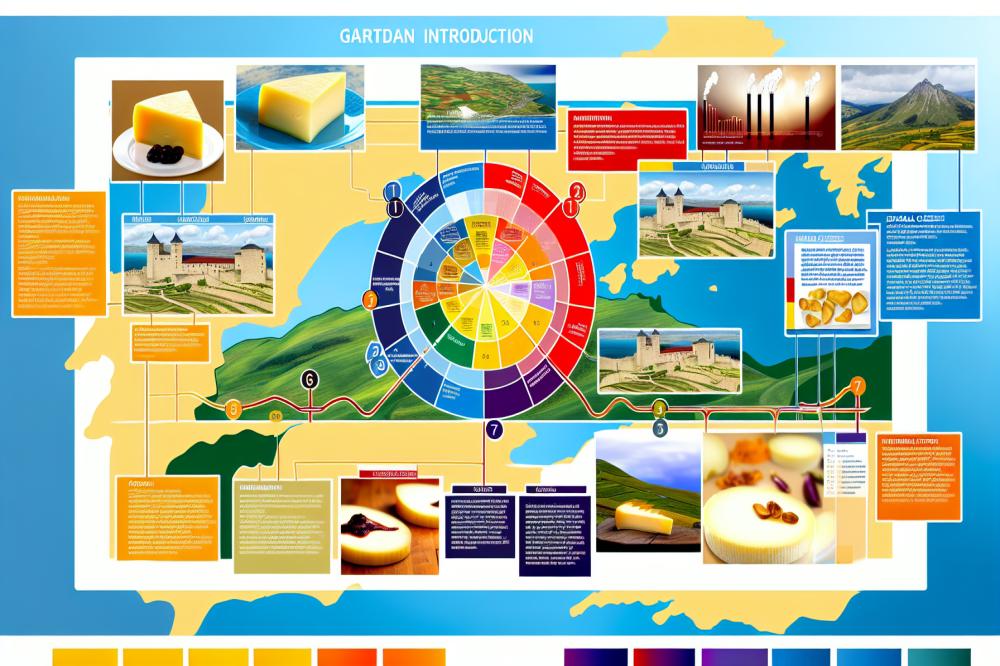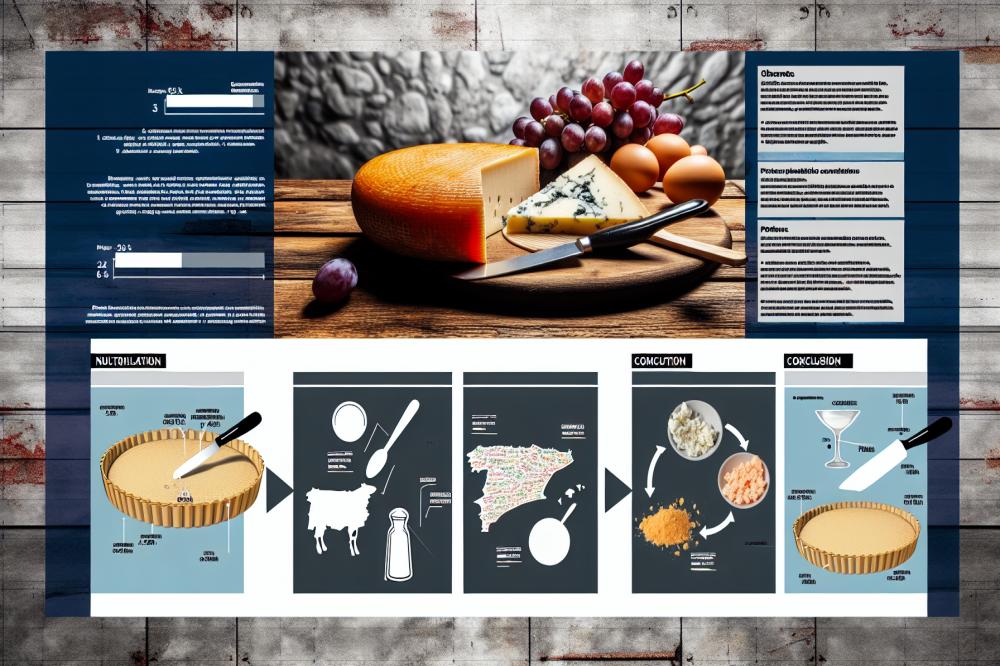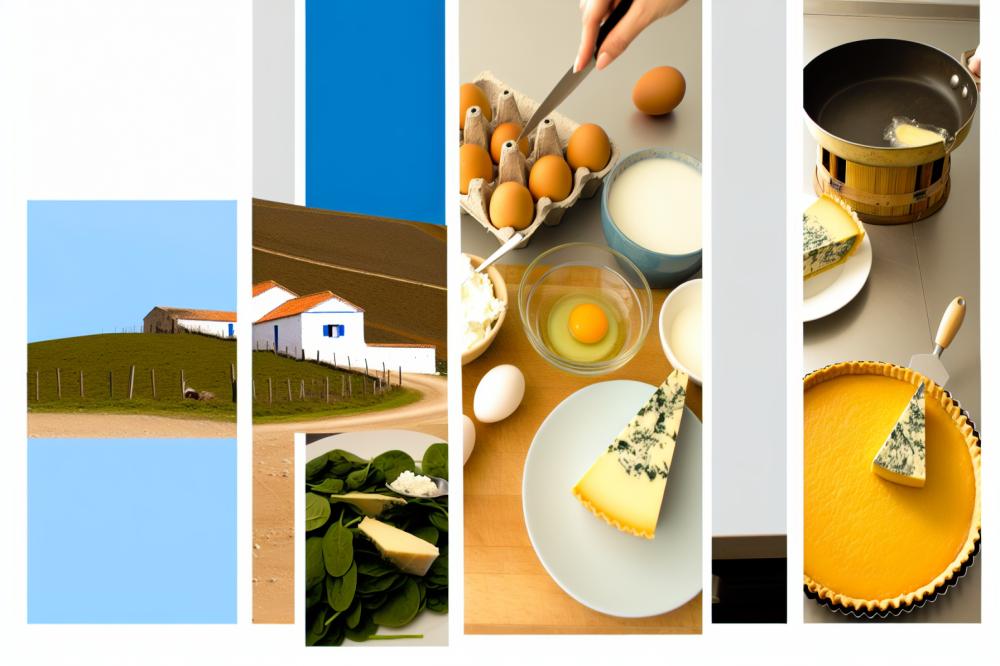Introduction
Idiazabal cheese is a traditional Spanish cheese with a rich history. Originating from the Basque country and Navarra, it has been a staple in local diets for centuries. Farmers would create this cheese using the milk of sheep, particularly the Latxa and Carranzana breeds. The process reflects deep-rooted customs and agricultural practices in these regions.
The cheese holds significant cultural value for many in Spain. It symbolizes the pastoral lifestyle of the Basque shepherds. Celebrations often feature this distinct cheese, showcasing its importance to regional identity. Over time, it has gained recognition beyond Spain, attracting cheese lovers around the world.
Characteristics distinguish it in the vast array of cheeses. Its smoky flavor comes from the traditional method of smoking over wood, often beech or cherry. Texture plays a vital role in its appeal, providing a firm yet creamy consistency. The flavor profile combines a nutty richness with hints of spices, creating a memorable tasting experience.
Understanding its maturation process is essential to appreciating this cheese. Aging enhances its depth of flavor and transforms the texture. Each wheel exhibits variations based on the specific conditions during this period. The result is a product that stands out in both taste and tradition.
Idiazabal cheese

Idiazabal cheese is a sheep’s milk cheese that originates from the Basque Country and Navarre in northern Spain. The cheese carries a rich history, its roots tracing back hundreds of years. Traditionally, it was made by shepherds who sought to preserve the milk from their flocks while living in the mountains. This special cheese is often noted for its distinct smoky flavor, which comes from the artisanal smoking process.
Description and origin of Idiazabal cheese
Its texture is firm, and it can range from semi-hard to hard. The cheese has a golden hue, and the flavor can vary from mild to intense depending on the aging process. The origin lies in rural regions where sheep farming is prevalent. From ancient times, it has been an important part of the local diet and culture. Farmers would typically keep their methods close to their hearts, passing down traditions through generations.
Regions in Spain where it is produced
This cheese primarily hails from the provinces of Gipuzkoa and Álava. These areas provide the right environment for sheep to graze on the local pastures. The natural landscape, filled with unique grasses and herbs, plays a crucial role in the cheese’s flavor. In addition to these provinces, parts of Navarre also contribute to its production. Each region adds its own touch, creating a variety of flavors within the familiar Idiazabal profile.
Factors contributing to its unique flavor profile
Several factors contribute to the distinct taste of this cheese. The type of sheep milk used is one significant aspect. Specific breeds, like the Latxa sheep, are favored for their rich milk. Smoking the cheese over traditional wood adds complexity to its flavor. The process often employs cherry or oak woods, each imparting its own character. Location and climate also impact the final product. Humid conditions can intensify the cheese’s flavor and aroma during maturation.
Additionally, the aging process varies, with some wheels aged for only two months while others can mature for over a year. This difference in time provides a wide range of flavor experiences, from creamy and mild to robust and sharp. The skill of the cheesemaker also cannot be overlooked. Each artisan brings their own expertise and knowledge, further influencing the final taste. Overall, a blend of tradition, environment, and technique gives this cheese its special place in the world of gastronomy.
maturation process

The maturation of Idiazabal cheese is a careful journey that transforms milk into a rich and complex product. Initially, fresh curds are formed and pressed to remove excess whey. After this, the cheese is salted. Salting plays a crucial role as it not only adds flavor but also acts as a preservative, inhibiting unwanted bacteria.
For optimal aging, specific conditions must be met. A cool climate is important, ideally ranging between 10 to 15 degrees Celsius. The relative humidity of the aging environment should be moderate, around 75%. Such conditions create a perfect habitat for the cheese to develop its flavors over time. Good airflow around the cheese is also necessary. This prevents the growth of mold on the outer layer.
The aging process lasts at least two months, but longer aging leads to greater depth of flavor. As time passes, the texture of the cheese changes. It becomes firmer and slightly crumbly. The taste evolves too. Aged varieties take on nutty and smoky notes, influenced by the unique methods used during production.
Each cheese ages differently. Factors like the milk used, the specific environment, and the cheesemaker’s methods all contribute to the final product. The balance between smoke and creaminess often surprises new tasters. Many who try Idiazabal for the first time find its flavor memorable and distinctive.
Ultimately, the aging process not only enhances the sensory qualities of the cheese but also showcases the traditional practices of its origin. Aged Idiazabal embodies a connection to the land and the artisanal skills of those who produce it.
Recipe: Idiazabal Cheese Tart

This delightful tart focuses on the rich flavors of the celebrated cheese. It’s a simple recipe that even beginners can try. With just a few ingredients, a savory dish emerges that can impress dinner guests or be a great snack for yourself.
Ingredients
- 200g Idiazabal cheese
- 1 pre-made pastry crust
- 3 large eggs
- 200ml heavy cream
- 100g cooked spinach
- Salt and pepper to taste
Recipe Instructions
Begin by preheating the oven to 180°C (350°F). While it heats, place the pastry crust into a tart pan. Blind bake this for 10 minutes, allowing it to firm up slightly.
Next, grab a bowl and whisk the eggs together with the heavy cream. The mixture should be well blended. After that, stir in cooked spinach, adding salt and pepper as desired. This is the moment to transform the dish into something tasty.
Grate the cheese. Mix half of it into the egg blend for extra flavor. Pour this mixture into the prepared crust. Sprinkle the remaining cheese on top to create a beautiful finish.
Now, it’s time to place the tart in the oven. Bake for 25 to 30 minutes. Keep an eye on it until the filling is set and the top turns a lovely golden color.
Finally, allow the tart to cool slightly on a wire rack. After a few minutes, it’s ready to be served. Enjoy it warm or at room temperature, making it versatile for any gathering.
Nutritional Information and Health Benefits

Idiazabal cheese is not just a tasty treat; it also comes with a decent amount of nutrients. A typical serving of this cheese, around 30 grams, contains approximately 120 calories. The primary macronutrients in each serving include about 10 grams of fat, 7 grams of protein, and less than 1 gram of carbohydrates. With its rich flavor, it can be easy to overlook the nutritional advantages it provides.
This cheese is an excellent source of protein, which is essential for muscle repair and growth. Therefore, it can be a good addition for those who are active or want to maintain a healthy diet. Additionally, it contains calcium, an important mineral for bone strength and overall health. Consuming foods rich in calcium helps in preventing osteoporosis later in life.
Furthermore, the vitamin content in Idiazabal cheese holds great value. It provides vitamins A and B12, both crucial for eye health and energy production within the body. A healthy intake of these vitamins can support general well-being and improve metabolism.
Another point to consider involves the specific ingredients used in the cheese-making process. Made from sheep’s milk, Idiazabal contains beneficial fatty acids that differ from cow’s milk. These fatty acids can contribute positively to heart health when consumed in moderation. The presence of antioxidants from the smoking process may also offer some protective benefits against cell damage.
While cheese should be consumed in moderation, including it in a balanced diet can be advantageous. Be mindful of the sodium content, though; it can be high in many cheeses, including this one. Balancing it with fresh fruits and vegetables can maximize its health benefits. Enjoying a small portion can lead to greater satisfaction without overindulgence.
Final Thoughts on Idiazabal smoked cheese
Summary of Unique Aspects
Idiazabal cheese stands out in the world of dairy products, thanks to its distinct maturation process and smoky flavor. Made from sheep’s milk, this Basque cheese undergoes traditional methods that date back centuries. The unique characteristics come largely from the specific regions in which it is produced. Local shepherds play a vital role in its creation, bringing their knowledge and culture to the craft. The cheese develops a rich aroma and creamy texture over time, setting it apart from others.
Encouragement to Explore Regional Spanish cheeses
Exploring the diverse landscape of Spanish cheeses can be a delightful experience. Each region offers its own flavors and textures, influenced by local animals, grazing practices, and unique climates. If you’ve enjoyed Idiazabal cheese, consider trying other varieties like Manchego or Cabrales. They share some similarities yet bring different tasting notes that can surprise and excite your palate.
Incorporating smoked cheese into Recipes
Using Idiazabal cheese in your cooking can elevate any dish. Its robust flavor complements a wide variety of foods. Whether you sprinkle it over salads, melt it into a warm cheesy pasta, or serve it alongside crusty bread and olives, the options are endless. Experimenting with recipes allows you to discover how this cheese interacts with other ingredients. Make it a staple in your kitchen to enhance your culinary adventures.



